Standing in a supermarket on a rainy March day, I find myself under the fluorescent lights examining apples to fill a bag for my kitchen fruit bowl. One by one I choose them, firm and enticing, until I have all I want. What’s unusual about this early spring apple selection scene? Absolutely nothing.
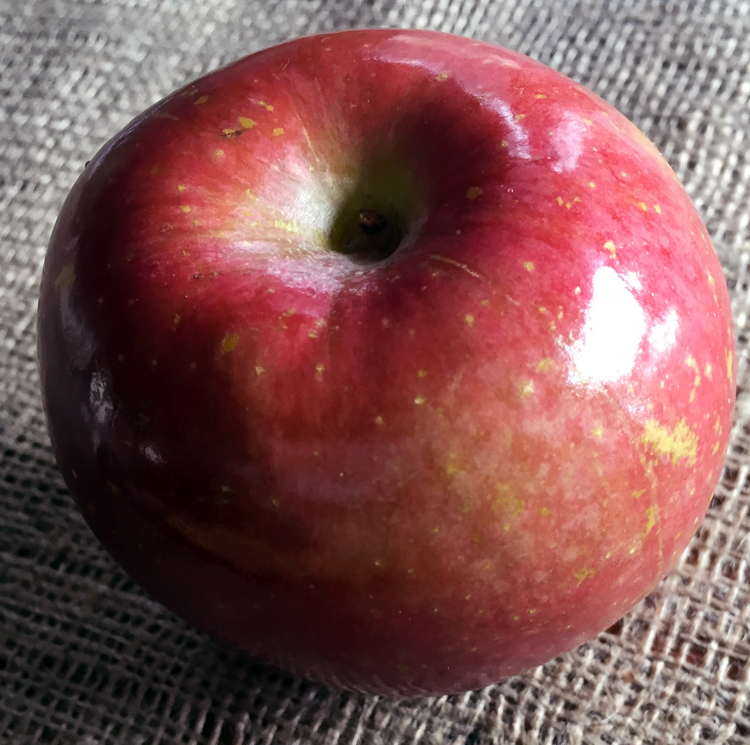 Even though it is long past harvest, apples are always there for us. In fact, an apple being unavailable is nearly inconceivable to the consumer mind. Even in the most underwhelming of produce departments, the presence of a Washington apple can always be counted on, at anytime of year.
Even though it is long past harvest, apples are always there for us. In fact, an apple being unavailable is nearly inconceivable to the consumer mind. Even in the most underwhelming of produce departments, the presence of a Washington apple can always be counted on, at anytime of year.
This got us to thinking about all the packing and storage buildings that rise from the ground like gray monoliths all around the Yakima Valley. We wanted to explore the intricacies and innovation of the off-season apple. Lucky for us, we were able to meet up with Chris Monson at Monson Fruit.
After donning orange vests and sexy hairnets, Chris led Aileen, Shelley and I back into a bright and tidy packing area where red delicious apples picked about 6 months ago were being sorted and packed for markets both close and far, far away. The ease of that statement belies the complexity we were witnessing for a number of reasons.
First of all, the apples were harvested in September. While many fruits and vegetables are picked when they’re not quite ready so that they can complete the ripening process during storage and/or shipping, apples have a unique physiology that allows for hibernation. Plucked, put to sleep, and awakened later for their fruit bowl debut, an apple can maintain that tree ripened firmness when placed in a cold storage (low temp), controlled atmosphere (low oxygen) environment. Amazing really. If picked at just the right time, an apple can be stored for nearly a year.
Roused from storage, washed and ready to run through the packing process, the next stop for the apples was the sorting. This is where we came in at Monson. Detecting size and color variations in addition to any surface blemishes for thousands of apples is clearly a huge and complex job.
The belts bring them through a machine that has the ability to photograph them individually from 32 different angles and grade them accordingly. The machine then keeps track of each apple’s grade, putting the correct SKU sticker on it and kicking it off the belt at an appropriate station where similarly graded apples are all packed up together. And it’s happening quickly. Just like that, they’re examined, judged, ranked, grouped and packed.
Standing on a walkway overlooking the whole scene feels like we are watching a symphony of sorts. Fruit in constant motion on belts all around, boxes on hooks circle through the air while individual apples find their mates for packing. Chris emphasizes how really striving for consistency enables top quality, and quality is above all, the ultimate end, for everybody involved.
While the fresh abundance of harvest time is undeniably terrific, there is really something outstanding about the apple’s ability to persevere so that I can stand in a supermarket in March and fill a bag with crisp apples.
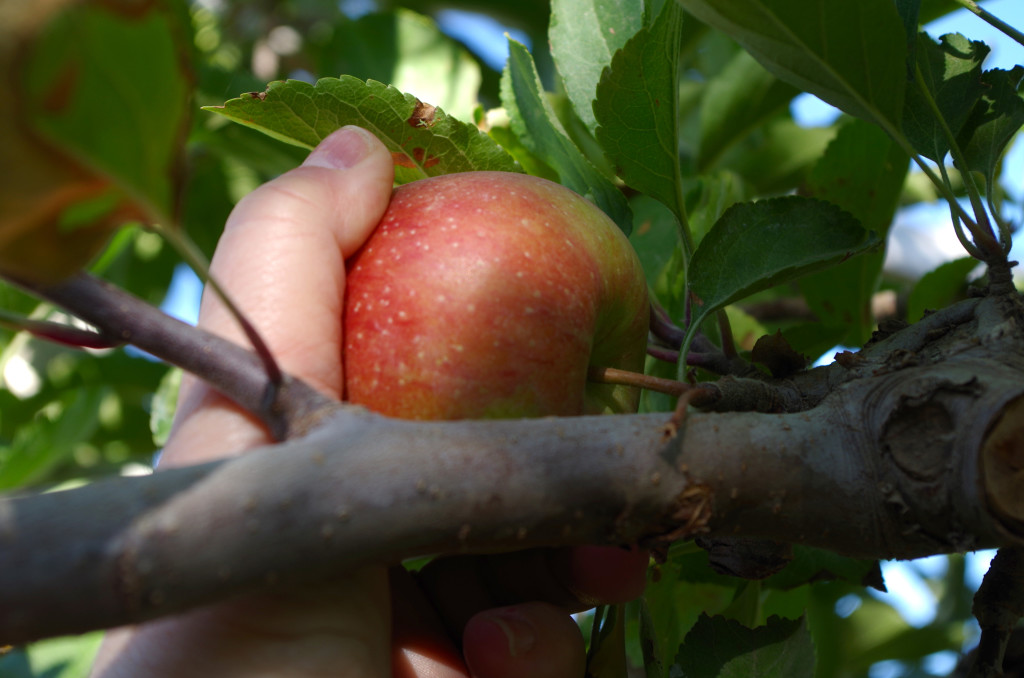 We all know that A is for Apple, a symbol of simplicity, and their versatility in the kitchens of daily life reinforce that. So it’s truly remarkable the amount of scientific knowledge, technical expertise, and literal movement that is involved to bring that simplicity into our lives.
We all know that A is for Apple, a symbol of simplicity, and their versatility in the kitchens of daily life reinforce that. So it’s truly remarkable the amount of scientific knowledge, technical expertise, and literal movement that is involved to bring that simplicity into our lives.
A big thanks to Chris Monson for being so generous with his time to show us around and explain things to us. We all left feeling wowed by all the goings on!
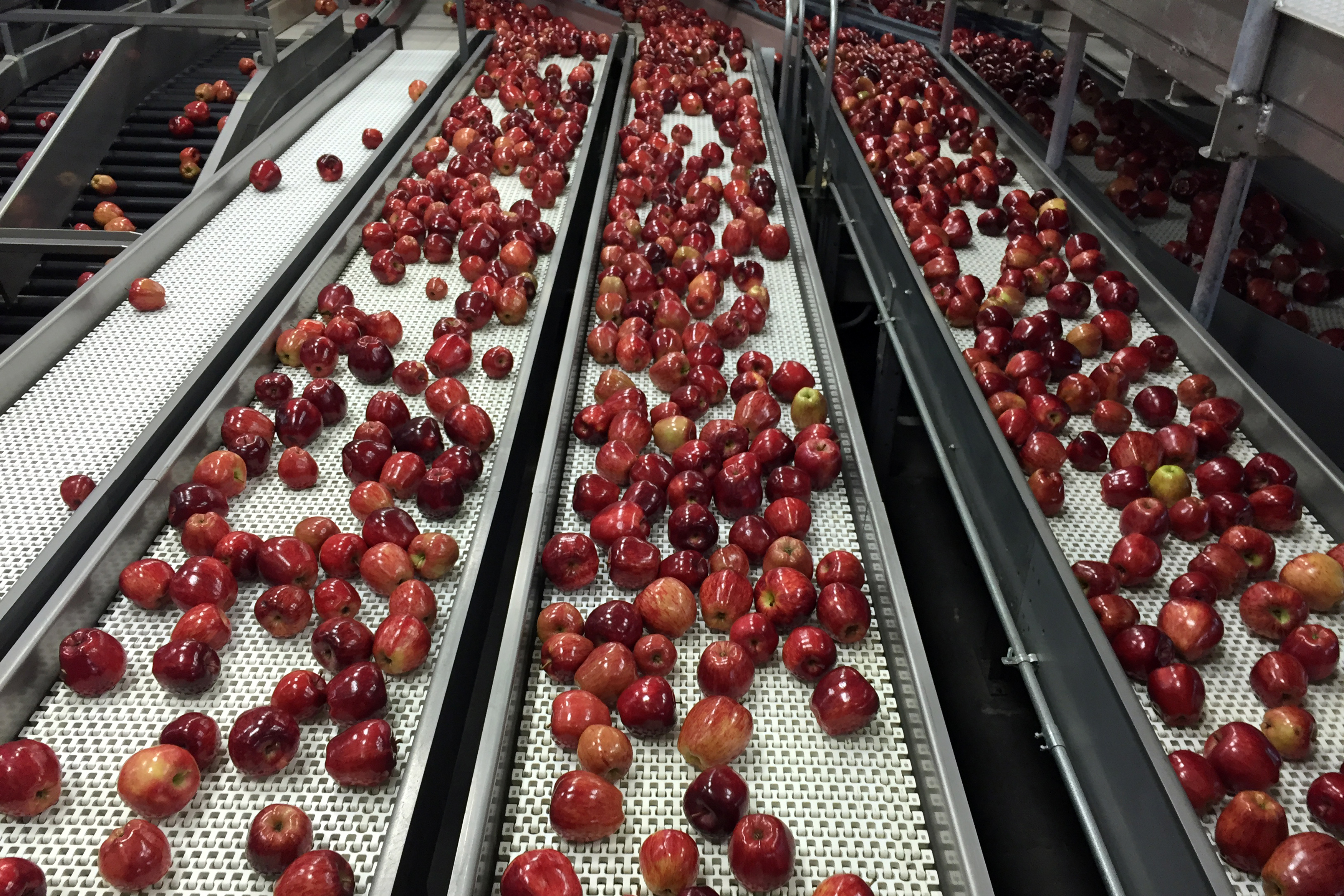





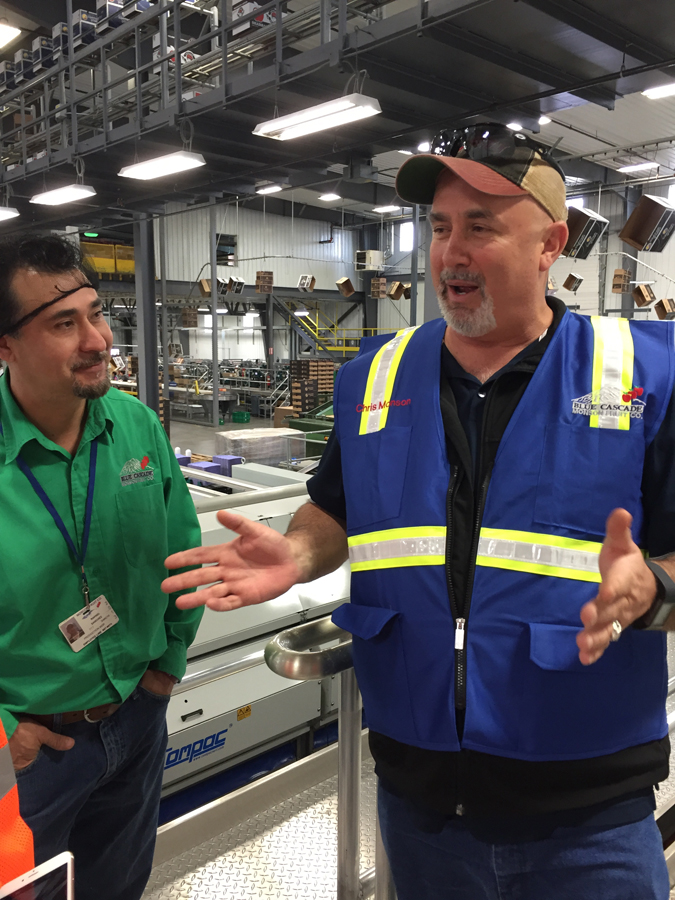
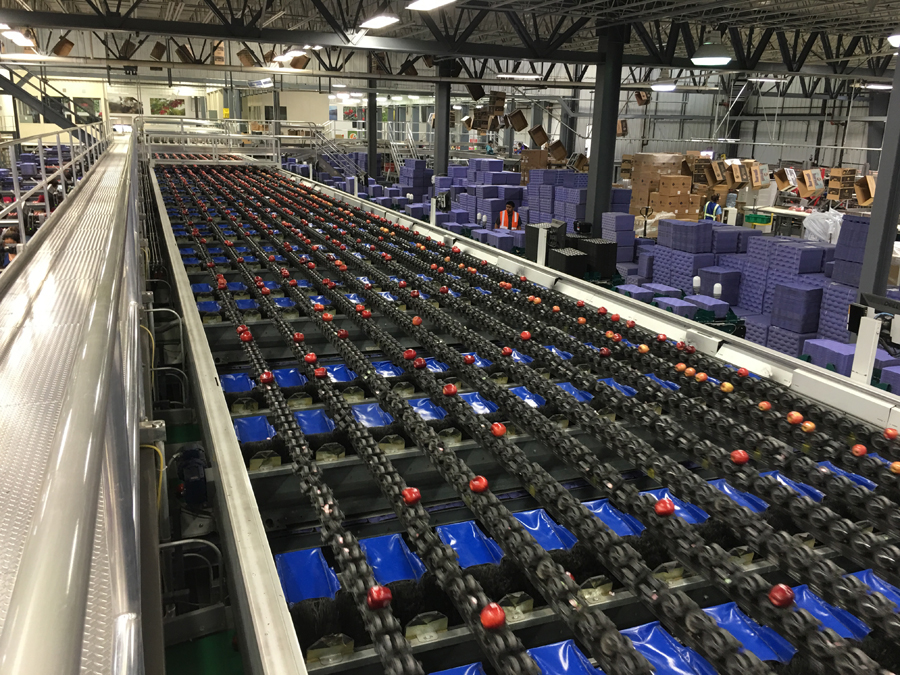
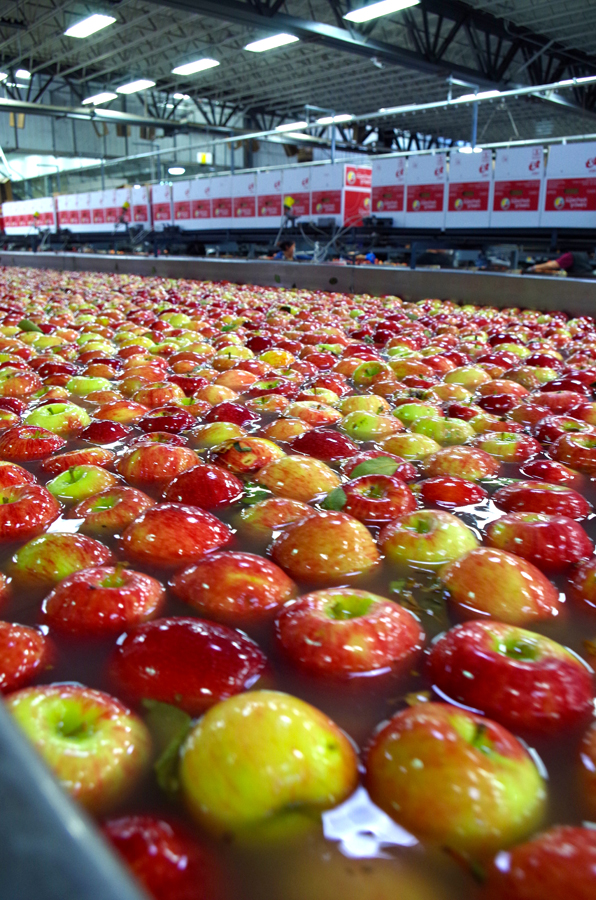
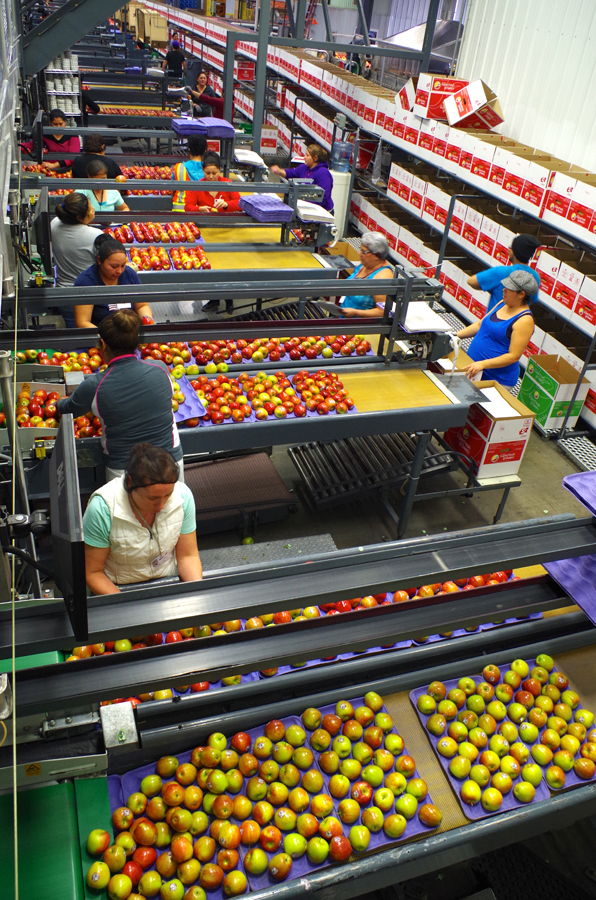

Wow! great article, it makes me love what comes out of our valley even more – a prolonged affection as it were…
which apples handle careful stooge best?